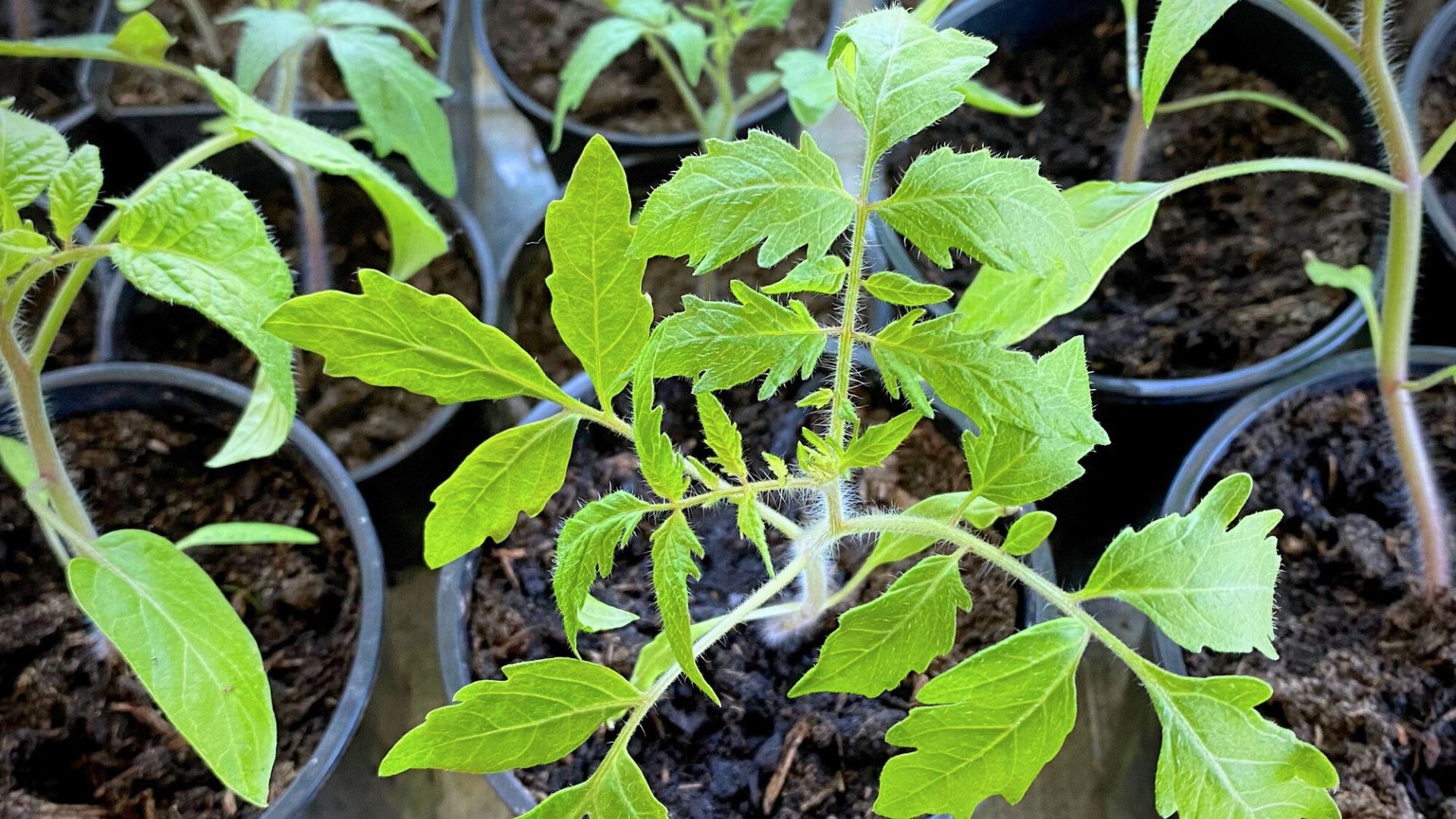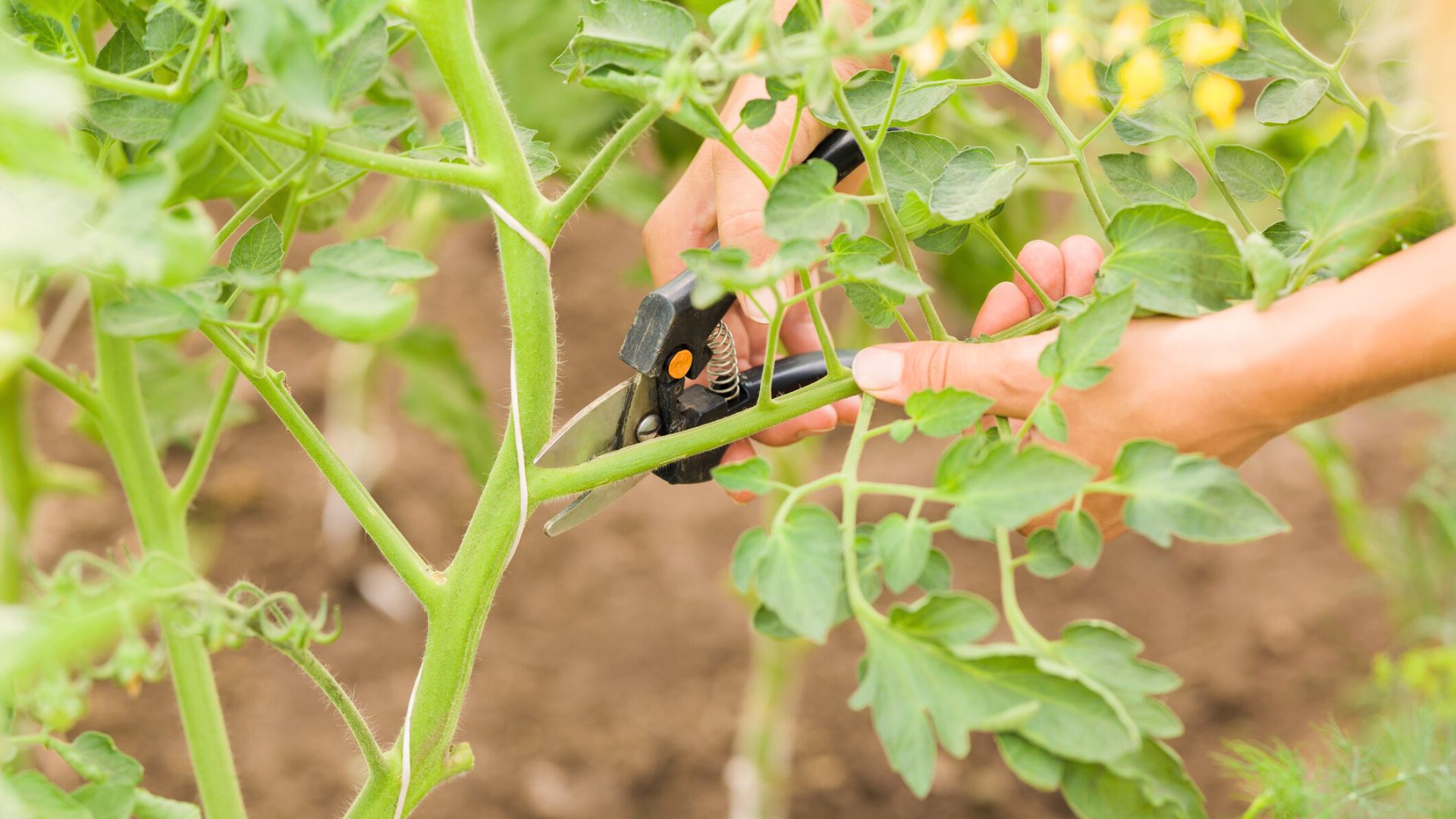
Many of us have started new houseplants from cuttings and maybe even shrubs or perennials for the garden, but did you know that many vegetables can be started in this manner too? Tomato propagation by cuttings is a perfect example and very easy to do. Read on to find out how to root tomato cuttings in water or directly in the soil.
How to Root Tomato Cuttings
If you admire a neighbor's lush tomato plant, starting tomato plants from cuttings is an excellent way to clone their plant and, hopefully, get the same vigorous result; just be polite and ask first before you snip from their prized plant.
Rooting tomato cuttings is cost-saving as well. You can purchase a couple of plants and then root additional ones from the cuttings. The advantage of starting tomato cuttings in this manner is that it can take seedlings, from seed, six to eight weeks before they are of transplant size. Provided you keep tomato cuttings warm, the transplanting time is reduced to just 10-14 days!
It's also a great way of overwintering tomato cuttings. Currently, I am starting two houseplants from cuttings, simply in glass bottles. This is very easy and rooting tomato cuttings in water is just as simple. Tomato cuttings are amazingly fast and easy root growers.
To begin, look for some of the sucker shoots on the chosen tomato plant that don't have buds on them. With sharp pruners, cut about 6-8 inches (15-20.5 cm.) of the sucker or new growth at the tip of the branch. Then, you can simply immerse the tomato cutting in water or plant it directly into some soil medium. In water, the cutting should root within about a week and will be ready to transplant.

Roots will be stronger, however, if the cutting is allowed to root in the soil. Also, rooting directly into soil medium skips the “middle man.” Since you are eventually going to transplant the cuttings to the soil, you might as well start propagation there. If you choose this route, it is also extremely easy. Take your 6- to 8-inch (15 to 20.5 cm.) cutting and clip off any flowers or buds, if any.
Snip off the bottom leaves, leaving only two leaves on the cutting. Put the cutting in the water while you prepare the soil. You can root in peat pots, 4-inch (10 cm.) containers filled with damp, potting soil or vermiculite, or even directly into the garden. Make a hole with a dowel or pencil for the cutting to slip easily into and bury it up to where you cut off the lower leaves.
Sign up for the Gardening Know How newsletter today and receive a free copy of our e-book "How to Grow Delicious Tomatoes".
How To Care For Tomato Cuttings
Put the cuttings in a warm, but shaded area either indoors or out. Just be sure it isn't scorching hot and the plants are protected from the sun. Keep them moist in this area for a week to acclimate and then gradually expose them to stronger light until they are finally in the sun for most of the day.
At this point, if they are in containers, you can transplant them into their permanent large pot or garden plot. Tomatoes are actually perennials and can live for years in warm climates. However, they do not produce fruit in their successive years nearly as well as the first.
This is where overwintering tomato cuttings for spring clones come into play. This idea is especially useful in areas of the southern United States.
Just follow the above instructions up to transplanting the cuttings into a larger pot and keep in a warm, sunny room to overwinter until the spring.
Voila! Tomato propagation couldn't be easier. Just remember to take cuttings from plants that have the best yields and tastiest fruit, as the cuttings will be a virtual clone of the parent and, thus, retain all its characteristics.
Love Gardening Know How? Our latest book, The Complete Guide to Vegetable Gardening, is available now!
Perfect for the gardener in your life, or for your own coffee table, this book boasts 224 pages of high-quality pictures, expert tips, and easy-to-follow advice to get your vegetable garden growing its best. Look for it at these sellers, and wherever quality books are sold.

Amy Grant has been gardening for 30 years and writing for 15. A professional chef and caterer, Amy's area of expertise is culinary gardening.
